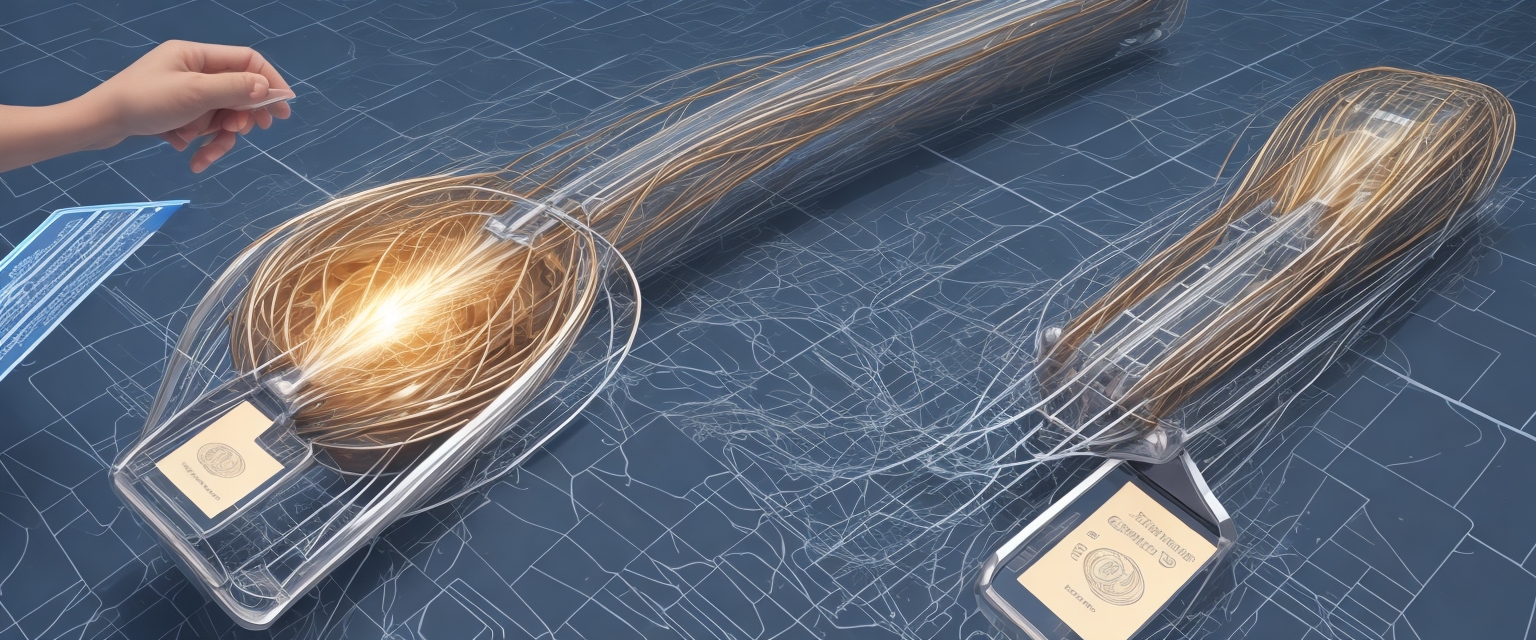Blockchain Sui is currently in the network testing phase but has already attracted the attention of both large investors and regular crypto enthusiasts. Similar to Aptos, Sui utilizes developments from the Meta's Diem platform and aims to solve scalability, security, and decentralization issues. We have gathered all available information about Sui to compare it with the main competitor and determine whether the developers' claims align with reality.
Contents:
- What is Sui
- How does Sui work?
- Understanding the Sui Token and Project Tokenomics
- Description of the Project's Ecosystem
- Comparison of Sui and Aptos: Analysis of differences and similarities
- Projected prospects for this project

What is Sui
Sui is a Layer1 blockchain designed to support high-performance decentralized applications. The Proof-of-Stake consensus algorithm ensures the network's operation and security.
Mysten Labs, a company founded by a group of former Novi Research employees, is the developer of this project. Novi Research was previously a division of Meta responsible for creating the Diem blockchain and the Move programming language. Evan Cheng, co-founder, and CEO of Mysten Labs, previously served as Director of Research and Development at Novi Research.
How does Sui work?
Programming Language
The Sui blockchain uses a modified version of the programming language Move, which was originally developed for Diem. However, Sui blockchain works with Move code from other systems, except for keys and global storage operators.
There are several main differences between the original version of Move and the modified version used in Sui:
- Sui uses its own global storage, which is object-oriented.
- Objects in Sui have globally unique identifiers.
- Entry points for Sui smart contracts take references to objects as input data.
- Addresses in Sui represent object identifiers.
- Sui has module initializers.
To verify smart contracts written in the Move language, Sui developers use an automated tool called Move Prover.
Parallel Transaction Execution
In most blockchains, transactions are processed sequentially, which prevents competition between them and double-spending but limits the throughput.
However, parallel transaction execution allows Sui to process up to 120,000 transactions per second on a MacBook Pro. This significantly exceeds the capabilities of Ethereum, which can handle 7-15 transactions per second, and even Visa, which processes up to 24,000 transactions per second.

Most transactions do not have complex dependencies on other parts of the blockchain state. Typically, users simply want to send assets to recipients. The consensus mechanisms in the Sui blockchain reduce the amount of communication between validators required to process transactions. As a result, simple transfers are confirmed almost instantly, while more complex ones are executed within 2-3 seconds.
Sui Consensus Mechanism
To achieve consensus among validators, Sui uses two components named Narwhal and Bullshark, which divide the tasks in the network.
| Component | Responsibilities |
|---|---|
| Narwhal | Responsible for synchronizing and providing availability of data to validators. It has high throughput capacity. |
| Bullshark | Utilizes a combination of Directed Acyclic Graph and Byzantine Fault Tolerance technologies to achieve consensus among validators. It enables consensus without the need for information exchange between validators. Provides high performance and fault tolerance. |
This mechanism not only ensures high blockchain performance but also enhances its fault tolerance.
Understanding the Sui Token and Project Tokenomics
The project team has published information about the project's tokenomics. The maximum token supply will be 10 billion coins, but only a portion of them was released during the launch of the Sui mainnet. A significant portion of the coins will be allocated to the Sui Foundation, while the rest will be distributed among Mysten Labs' employees, investors, validators, and the community.
The SUI token will be used for the following purposes:
- Payment of transaction fees.
- Participation in blockchain governance through voting conducted within the network.
- Rewarding validators.
- Delegating coins to validators through staking.
Description of the Project's Ecosystem
Mysten Labs has already launched the basic infrastructure for interacting with the testnet, which includes the Sui Explorer block explorer and the Sui Wallet. Sui Wallet is available as a Google Chrome extension, enabling users to create and manage addresses, assets, and interact with decentralized applications (dApps).

Among the projects developed by third-party teams on the Sui platform, the following can be highlighted:
- Decentralized exchanges - Suiswap and MovEx.
- DeFi platforms Cetus, Porto Labs, and Kxfinance.
- Sui Name Service - a domain name service.
- NFT marketplaces - Sui Art and Sui Gallery.
- NFT collections - Sui Punks, Sui Birds, and Sui Droplets.
Comparison of Sui and Aptos: Analysis of differences and similarities
Blockchain projects Aptos and Sui share many similarities: they both use the Move programming language, and their founders have gone through the Meta company. Additionally, both projects have received investments from the same companies.
However, Aptos and Sui have several important differences:
- Aptos utilizes the global Move storage, whereas Sui uses its own object-oriented storage.
- In the modified version of Sui's Move, it is implied that one can determine if an object is owned or public and has the ability to modify it, etc.
- The ownership API in Sui is cleaner compared to Aptos, as it more clearly reflects the XRJL blockchain.
- The project's team claims that Sui is capable of processing 120,000 transactions per second, while Aptos can handle up to 160,000 transactions.
- For parallel transaction execution, Sui employs the Narwhal mempool and the Bullshark consensus protocol, whereas Aptos utilizes parallelism through dynamic dependency detection and task scheduling using BlockSTM.
- Aptos gives priority to heterogeneous validators (with limited processing and/or storage resources), while Sui addresses the state growth problem through efficient storage partitioning and horizontal scaling of resources.
Despite Aptos having already launched its mainnet and being a few steps ahead of its competitor, Sui takes an unconventional approach to blockchain with its object-oriented architecture, which allows for a fresh perspective on issues in the Layer1 space. Therefore, it is challenging to predict which project will show better long-term results. Additionally, it is essential to remember that both projects are in their early stages of development, and any advantages they currently possess might fade away in a few months.
Projected prospects for this project
The future of the Sui project looks very promising: its technical specifications and development methods by the team seem appealing to many participants in the crypto community.

In recent months, amidst the bear market conditions, we have observed a shift in focus towards DeFi protocols, decentralized applications (dApps) with real-world utility, and user-oriented games rather than Play-to-Earn (P2E) games. Sui could become an ideal platform for such applications: thanks to the network architecture, simple transactions will be executed almost in real-time, and the ability for horizontal scaling will keep fees low.
However, the project will have to face stiff competition from other L1 blockchains and continue to enhance its ecosystem if it aims to gain widespread adoption.





